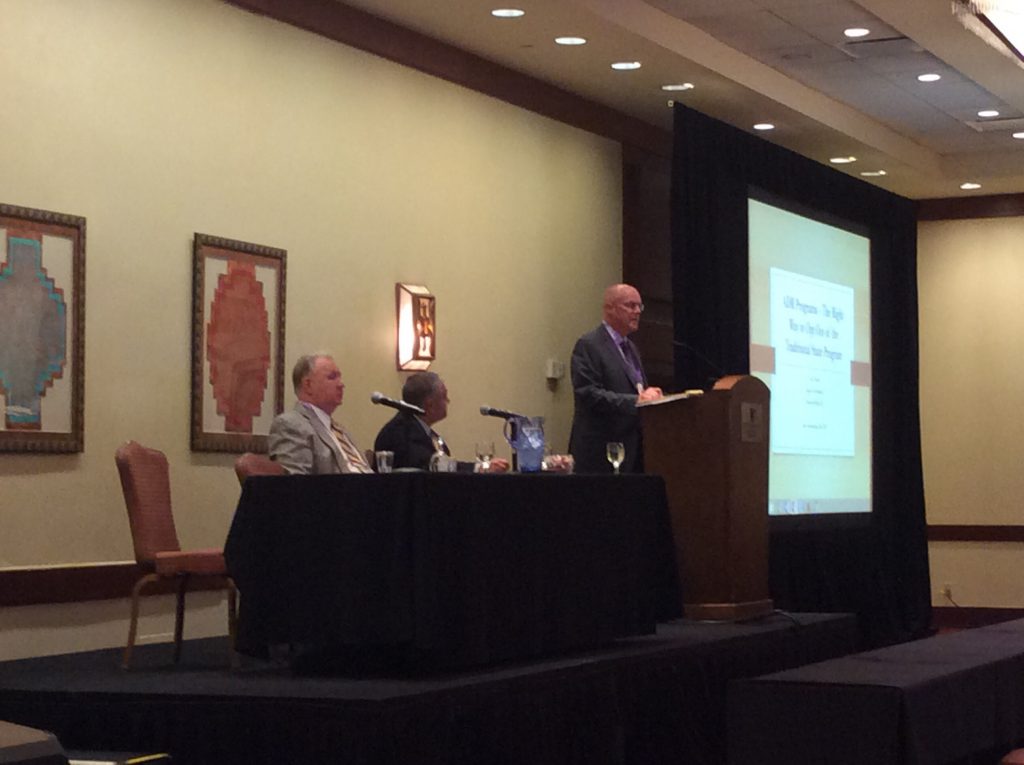ADR Programs
At the 2016 SIIA Workers’ Compensation Executive Forum, Jack Frazier from American Global and former workers’ compensation judge Steve Siemers discussed how Alternative Dispute Resolution can enhance a workers’ compensation program. Ten states currently allow employers to collectively bargain a carve-out ADR process for their workers’ compensation programs. New York and California are two of the states. This is most often seen in the construction industry but in California any employer with a collective bargaining agreement can do a carve-out ADR. Some examples of non-construction employers with carve-outs in California are City of Long Beach and Safeway stores.
It is important to note that ADR programs do NOT change the benefits available under workers’ compensation. Instead it provides an alternative and binding method to resolve disputes. The goal is to cut down on litigation costs, resolve disputes quicker so that appropriate benefits can be provided, and ultimately close files faster.
Many ADR programs have an independent ombudsman to work with the employer and worker to resolve minor disputes that often result from poor communication or misunderstandings. This keeps injured workers from having to retain attorneys to resolve such disputes saving both time and money.
Mediation is also an element in many ADR programs. One of the advantages of mediation is that there is a focus on one case at a time rather than appearing on a docket call in the workers’ comp courts. The mediator works with the parties to try and resolve the disputes.
Mandatory arbitration is also present in most ADR programs. The arbitrators are agreed upon as part of the collectively bargained ADR agreement. There is often a way to appeal arbitrator decisions to the courts, but this rarely happens.
ADR programs often focus on vary narrow areas of dispute. For public entity unions in California a big focus is getting police and firefighters back to work quicker as they are very difficult to replace when they are off work. Some ADR programs focus on compensability disputes and others on getting medical care authorized timely. ADR programs can have an agreed panel of physicians to provide binding decisions on medical disputes.
Whether or not there are ultimately savings in an ADR programs is debatable. It certainly should reduce litigation costs, but it may not ultimately impact indemnity or medical expenses.


